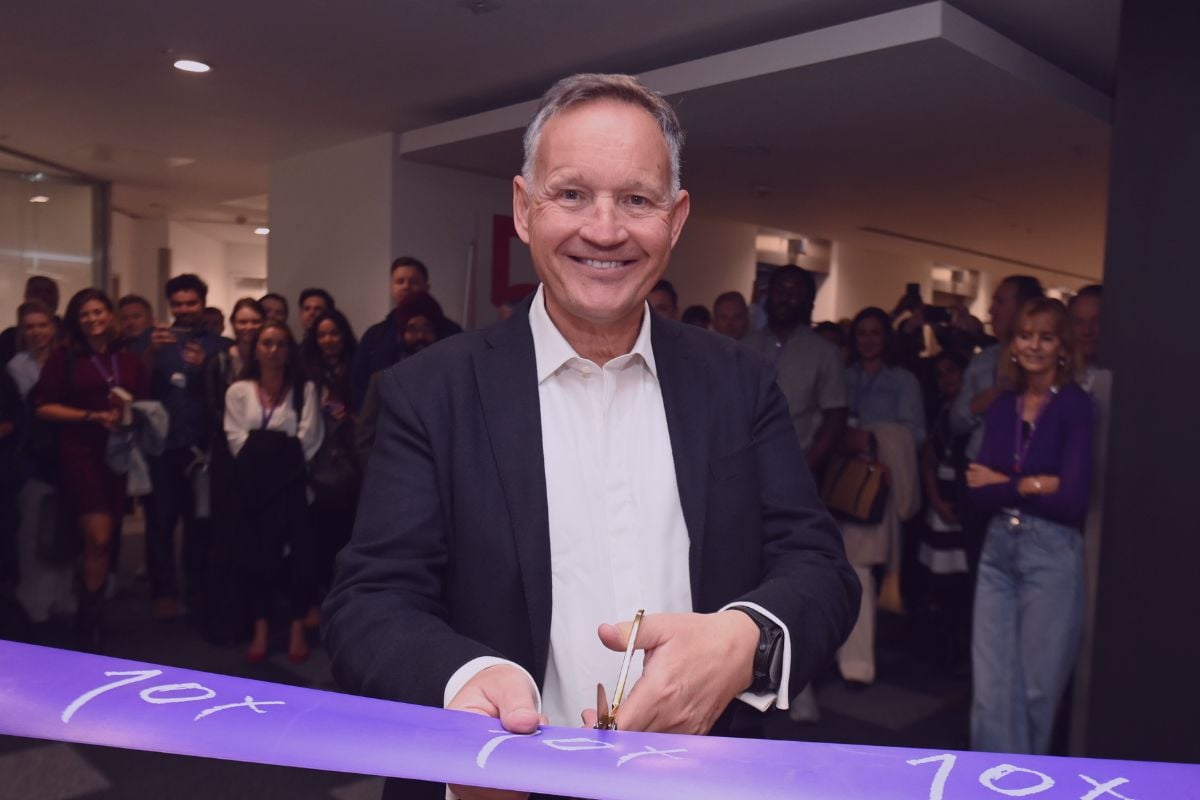Photo credit: Altfi Festival of Finance 2021
As part of the AltiFi Festival of Finance 2021, 10x’s Mark Holt, Chief Product and Engineering Officer, joined two of our technology partners for a breakout discussion. Form3’s Enterprise Programme Director, Nick Middleton and Richard Nicholson, Principal Solution Architect, from Amazon Web Services, alongside Mark, explored ‘Infrastructure Fit for the Future’.
The on-demand video from the event is now available to watch (please note, you will need to create a free account to access the video, and all others available from the event). https://www.altfi.com/events/altfi-festival-of-finance-2021
In this 30-minute discussion they addressed a series of key questions:
-
What’s the difference between cloud native technology and cloud deployed?
-
What forms of agility are enabled by the cloud?
-
How do you balance providing the bespoke applications needed for a core banking system, and maintaining operational efficiency and agility that a single instance, multi-tenanted platform can offer?
-
What are the benefits of being able to continuously deploy to the cloud and the role of functional and non-functional testing?
-
How are customers responding to going into a cloud native environment?
-
With several “as-a-Service” providers, how should you formulate your data strategy to take best advantage of all these data sources?
-
What is your advice for moving from a traditional model to a more agile, cloud native environment?
Here are a few teasers from the discussion:
Everything fails all the time. When you build cloud native you understand from the outset that all components will fail. And so, you build with the mentality that the entire platform needs to withstand failure. And you test it, continuously, to be able to demonstrate that when something does fail, the platform will keep running.
Part of the problem when technology is “cloud-deployed” is that when it was built, it was done so as a platform that was sitting in a data centre. You expect it to have its own dedicated hardware and run, so when it’s now deployed into the cloud, you need to address the failure scenarios, or you could start introducing significant periods of downtime.
Agility has lots of forms, recoverability from unexpected failure; the ability to re-optimise and make use of novel resources; scalability; resource type agility and business or operational agility.
There is a cultural change that needs to occur. There’s been a tendency, when building internally, to build IT structures that reflect the organisational structure. This isn’t always the best configuration. Many in the industry now recognise the benefits of a componentisation strategy. For example, componentisation of the software stack aligns software developers with components that they own. Not only does it provide ownership, but it also minimises the likelihood of an error. The more you are able to change a system, and the easier it is, the more robust it becomes over time.
Discover more about our partners by clicking on the logo's below.






